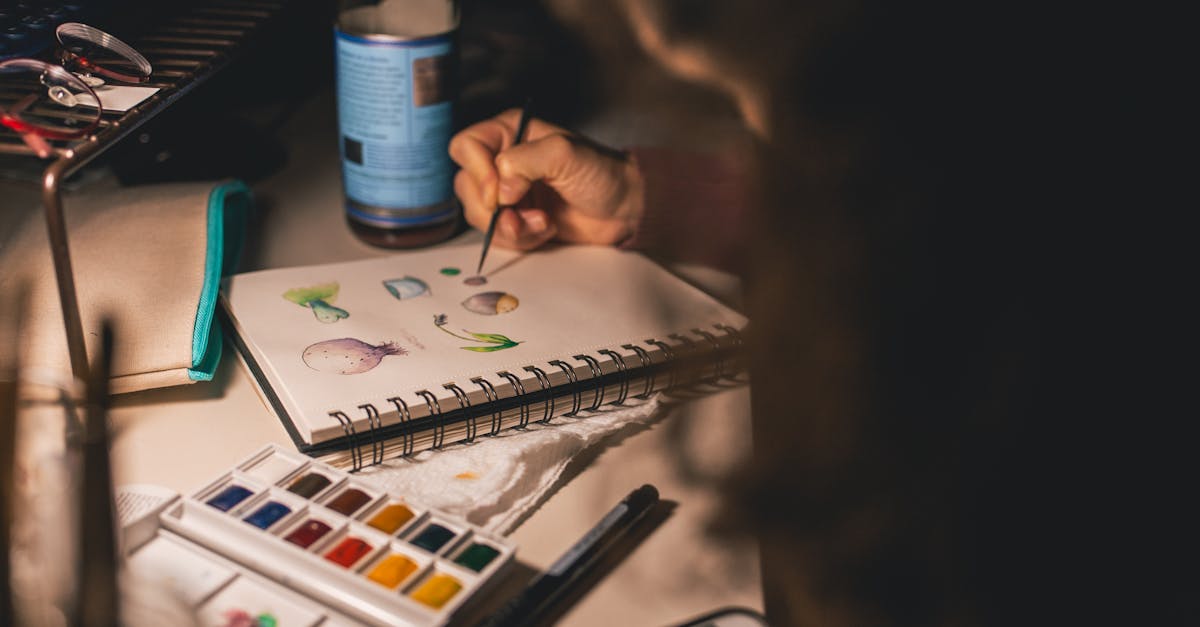Are you an aspiring artist looking to elevate your skills in the world of painting, particularly mastering the techniques of oil painting and watercolors? Whether you are a seasoned pro or just starting out on your artistic journey, having the right tools and techniques at your disposal is crucial to achieving stunning results. In this article, we will explore five fantastic suggestions that will help you hone your craft and advance your painting career in the realms of oil painting and watercolors.
1. Invest in High-Quality Brushes and Palette Knives:
One of the fundamental tools for any painter, especially those focusing on oil painting, is a set of high-quality brushes and palette knives. The type and quality of brushes you use can greatly impact the texture and overall look of your painting. Invest in a variety of brushes in different sizes and shapes to provide versatility in your work. Palette knives are also essential for mixing paints on your palette and creating unique textures on your canvas.
2. Experiment with Different Surfaces and Supports:
Expand your artistic horizons by experimenting with various surfaces and supports for your paintings. While canvas is a popular choice, consider trying out different textures such as linen or wood panels to add depth and interest to your artwork. Additionally, explore unconventional surfaces like paper or even metal for a unique and creative approach to watercolor painting.
3. Master the Art of Color Mixing and Layering:
Understanding color theory and mastering the art of color mixing is essential for any painter looking to create vibrant and harmonious compositions. Experiment with different color combinations, learn how to create gradients and transitions seamlessly, and practice layering your colors to add depth and dimension to your paintings. This skill is particularly crucial in oil painting, where layering and glazing techniques can produce striking effects.
4. Embrace the Play of Light and Shadow:
Light and shadow are vital elements in creating depth and realism in your paintings. Study how light interacts with different objects and surfaces, and practice capturing the play of light and shadow in your artwork. This is especially important in oil painting, where understanding how to depict highlights and shadows can elevate your paintings to a whole new level of sophistication.
5. Harness the Power of Watercolor Techniques:
Watercolor painting is a delicate and beautiful medium that requires a unique set of techniques to master. Experiment with wet-on-wet, wet-on-dry, and dry brush techniques to achieve a variety of effects in your watercolor paintings. Embrace the transparency and fluidity of watercolors to create ethereal and luminous artworks that evoke emotion and captivate viewers.
In conclusion, mastering the tools and techniques of oil painting and watercolors is a journey that requires dedication, practice, and a willingness to explore new creative possibilities. By investing in high-quality tools, experimenting with different surfaces, mastering color theory, embracing light and shadow, and harnessing the power of watercolor techniques, you can elevate your painting career and create breathtaking works of art that truly reflect your artistic vision. So pick up your brushes, grab your palette, and let your creativity soar on canvas and paper alike!


